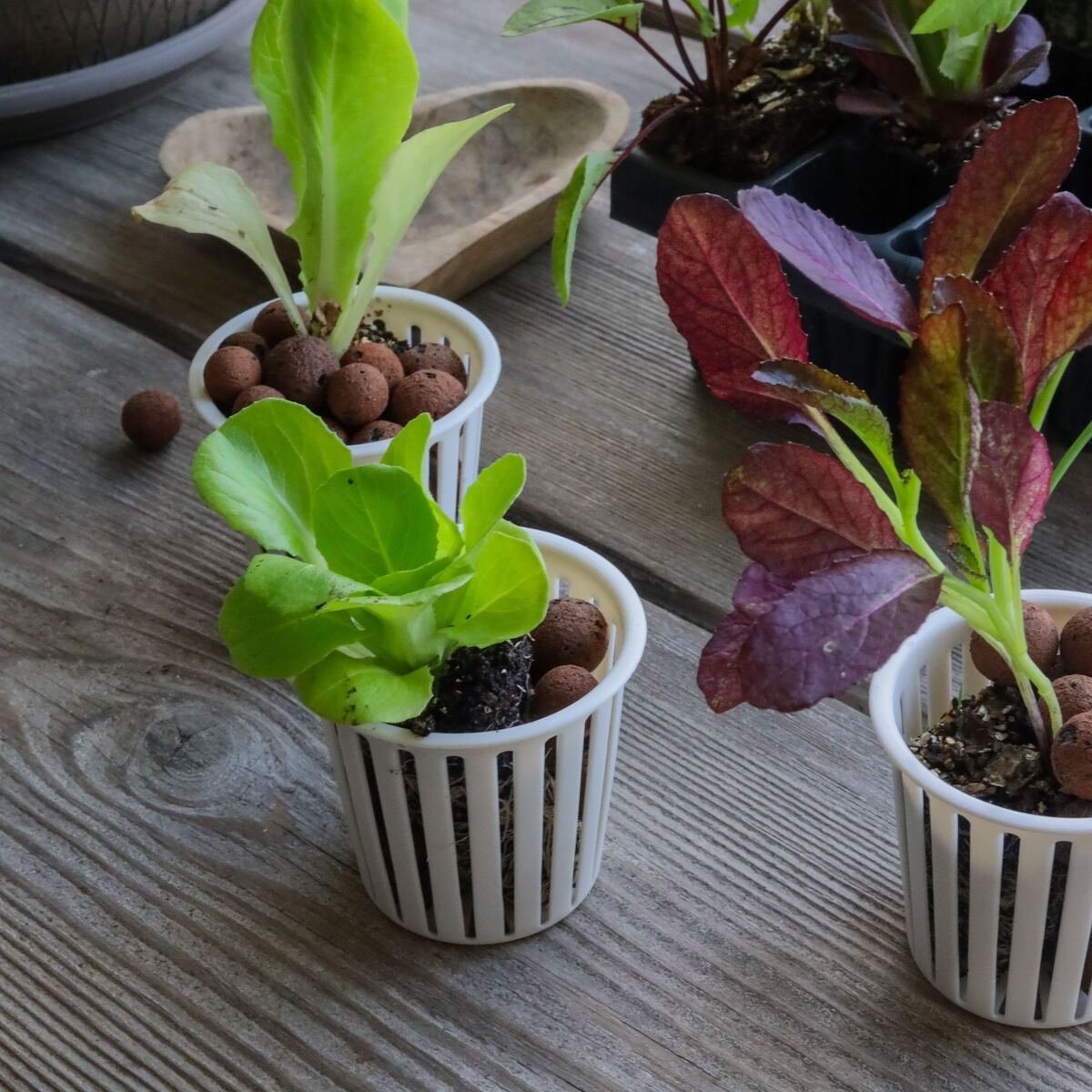Hydroponic gardening, a method of cultivating plants without soil, is becoming increasingly popular among urban dwellers, offering a practical solution for growing food in limited spaces such as apartments and houses. This innovative approach uses a nutrient-rich water solution to feed plants, which are grown with their roots exposed directly to this nourishing liquid. As cities continue to expand, and the demand for locally grown produce rises, hydroponics presents a viable option for sustainable urban agriculture.
One of the key advantages of hydroponic gardening is its space efficiency. Systems can be installed in various urban settings, including balconies, rooftops, or even indoors. This method is especially beneficial in urban areas where garden space is limited. Moreover, hydroponics conserves water significantly compared to traditional soil-based gardening. The recirculation of water in these systems means they require less water, making them environmentally friendly and sustainable.
Hydroponic gardening also allows for a controlled environment. Growers have the ability to manage the nutrients, light, and water their plants receive, leading to higher yields and faster growth. This control reduces the problems associated with soil-borne pests and diseases. Additionally, indoor hydroponic systems enable year-round cultivation, regardless of external weather conditions.
For beginners, several simple hydroponic systems are ideal for starting out. The wick system, one of the simplest forms, uses a wick to draw nutrient-rich water from a reservoir to the plant roots. Deep Water Culture (DWC) involves suspending plants in a nutrient solution, making it great for growing leafy greens and herbs. The Nutrient Film Technique (NFT) features a continuous flow of nutrient solution over plant roots housed in channels, and is excellent for saving space.
Setting up a hydroponic garden requires some initial planning. Choosing the right location is crucial, especially for ensuring the plants receive adequate light. If natural sunlight is insufficient, especially in indoor setups, supplementary grow lights can be used. Beginners might start with easy-to-grow crops such as lettuce, herbs, or cherry tomatoes. Monitoring nutrient solutions and pH levels is vital for maintaining optimal growing conditions. Systems like DWC also need an air pump to supply oxygen to the submerged roots.
Leafy greens like lettuce, spinach, and kale are excellent choices for hydroponic beginners due to their low space requirements and quick growth cycles. Herbs such as basil, mint, and cilantro also thrive in hydroponic systems and are useful for culinary purposes. Fruiting plants like tomatoes, peppers, and strawberries can be grown by more experienced hydroponic gardeners.
Despite its many benefits, hydroponic gardening does present some challenges. Regular monitoring is essential to check for nutrient deficiencies, pests, and diseases. System maintenance, including cleaning and ensuring efficient operation, is also crucial. There’s a learning curve involved, and beginners should be prepared for some trial and error.
Technological advancements have made hydroponic gardening more accessible and efficient. Automated systems can now control lighting, nutrient delivery, and water cycles. Smart sensors monitor plant health and environmental conditions, simplifying the maintenance of optimal growing conditions.
Beyond individual households, hydroponic gardening can foster community spirit. Sharing experiences and knowledge with neighbors and local communities can lead to more sustainable and food-secure urban environments. The environmental impact of hydroponic gardening is significant. It reduces the demand for land and water in agriculture, lowers transportation costs and emissions associated with traditional farming methods, and provides a fresh, local food source.
Looking forward, hydroponic gardening is poised to play a crucial role in the future of urban agriculture. It offers a feasible solution for fresh food production in space-limited environments and has the potential to revolutionize the way urban populations think about and engage in farming. By embracing hydroponic gardening, individuals can contribute to a more sustainable and self-sufficient urban lifestyle, growing fresh produce right in their homes or communities.




